Charles M. Kozierok The TCP-IP Guide
Подождите немного. Документ загружается.

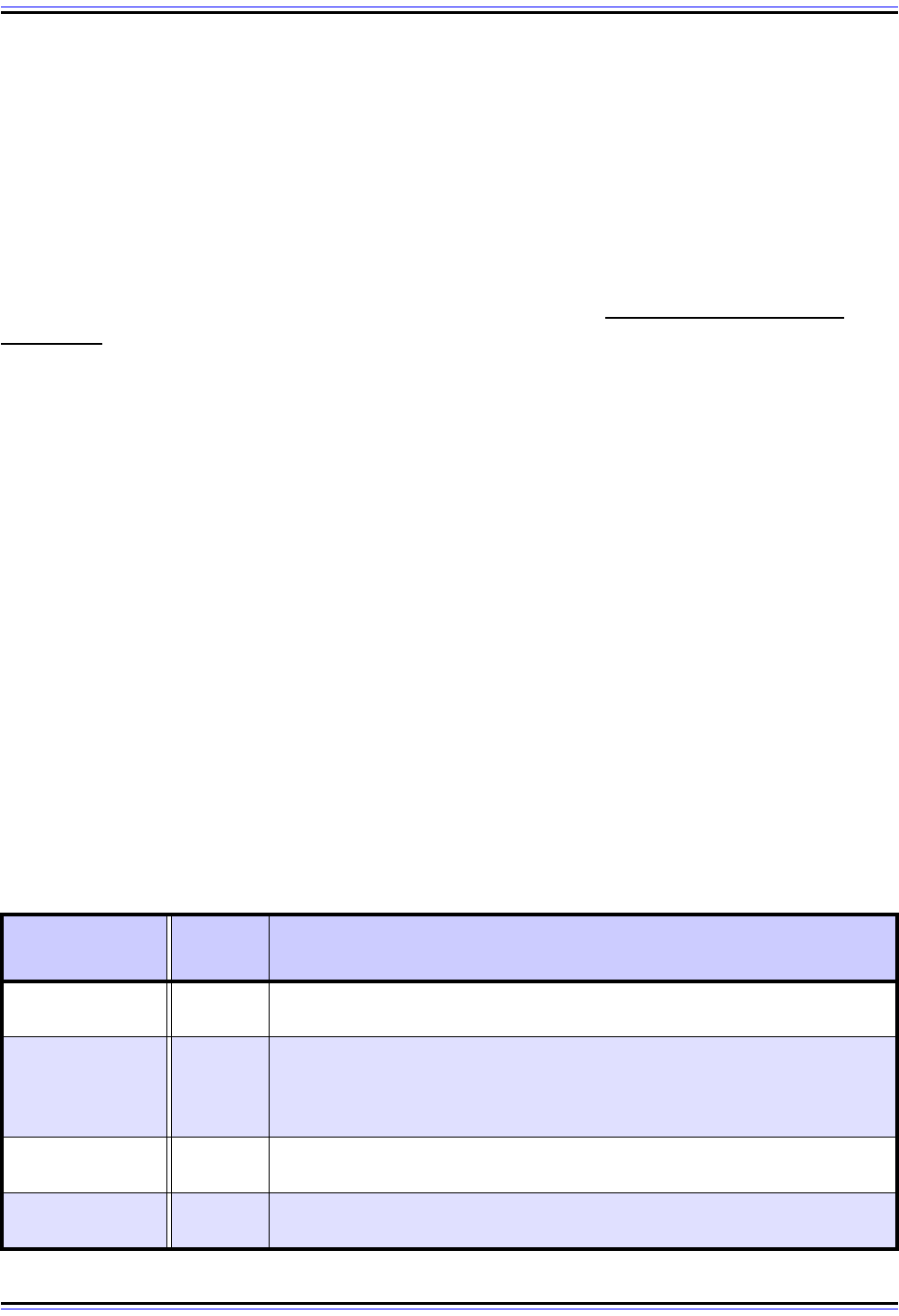
The TCP/IP Guide - Version 3.0 (Contents) ` 641 _ © 2001-2005 Charles M. Kozierok. All Rights Reserved.
This dependence means that before a host can really participate on an internetwork, it
needs to know the identity of at least one router on the local network. One way to ensure
that this is the case is to just manually configure each host with the address of a local router
as its default router. This method is simple, but has the typical drawbacks associated with
manual processes—it is time-consuming to set up, difficult to maintain, and inflexible.
The Router Discovery Process
It would be better if there were some method whereby a host could automatically discover
the identity of local routers, and learn important information about them. In IP, this process
is called router discovery, and was first defined in RFC 1256, ICMP Router Discovery
Messages. The messages referenced in the RFC title are the ICMP Router Advertisement
message and the Router Solicitation message, and were added to the ICMP message
types defined in earlier standards such as RFC 792.
Routers are responsible for sending Router Advertisement messages. These messages tell
listening devices that the router exists, and provide important information about the router
such as its address (or addresses, if it has more than one) and how long the host should
retain information about the router. Routine Router Advertisement messages are sent on a
regular basis, with the time between messages administrator-configurable (usually between
7 and 10 minutes). Hosts listen for these messages; when an advertisement is received,
the host processes it and adds the information about the router to its routing table.
A host that has no manually-configured routing information will have no knowledge of
routers when it first powers on. Having it sit for many minutes looking for a routine Router
Advertisement message is inefficient. Instead of waiting, the host may send a Router Solic-
itation message on its local network(s). This will prompt any router that hears it to
immediately send out an extra Router Advertisement message directly to that host.
ICMPv4 Router Advertisement Message Format
The ICMPv4 Router Advertisement message format is shown in Table 99 and Figure 148.
Table 99: ICMPv4 Router Advertisement Message Format (Page 1 of 2)
Field Name
Size
(bytes)
Description
Type 1
Type: Identifies the ICMP message type. For Router Advertisement
messages the value is 9.
Code 1
Code: Normally set to 0. When a Mobile IP agent is sending a Router
Advertisement with an Agent Advertisement extension, it may set the value
to 16 if the device is a mobile agent only and doesn’t intend to handle
normal traffic. See the discussion of Mobile IP agent discovery for details.
Checksum 2
Checksum: 16-bit checksum field for the ICMP header, as described in the
topic on the ICMP common message format.
Num Addrs 1
Number Of Addresses: The number of addresses associated with this
router that are included in this advertisement.
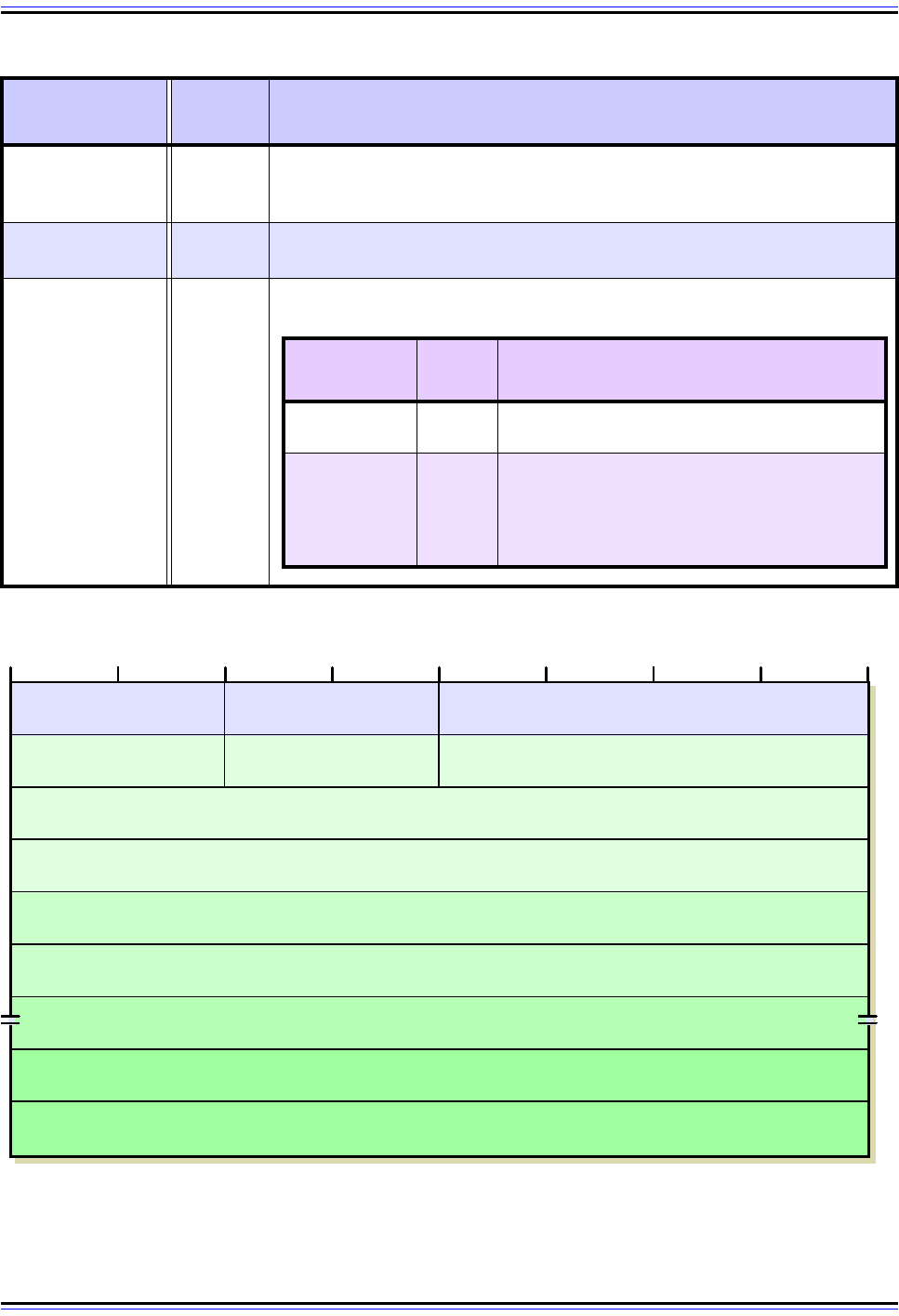
The TCP/IP Guide - Version 3.0 (Contents) ` 642 _ © 2001-2005 Charles M. Kozierok. All Rights Reserved.
Addr Entry Size 1
Address Entry Size: The number of 32-bit words of information included
with each address. Since in this message format each router address has
a 32-bit address and a 32-bit preference level, this value is fixed at 2.
Lifetime 2
Lifetime: The number of seconds that a host should consider the infor-
mation in this message valid.
Router Address
Entries
Value of
Num
Addrs
field * 8
Figure 148: ICMPv4 Router Advertisement Message Format
Table 99: ICMPv4 Router Advertisement Message Format (Page 2 of 2)
Field Name
Size
(bytes)
Description
R
ou
t
er
Add
ress
E
n
t
r
i
es:
A
num
b
er o
f
rou
t
er a
dd
ress en
t
r
i
es equa
l
t
o
th
e
value of the Num Addrs field. Each is 8 bytes and has two subfields:
Subfield
Name
Size
(bytes)
Description
Router
Address
4
Router Address: A valid address for an interface
to the router sending this message.
Preference
Level
4
Preference Level: The preference level of this
address. When more than one address is included
in an advertisement, this field indicates which
address the router would prefer that hosts use.
Higher values mean greater preference.
Type = 9
Code = 0
(16 for MobileIP)
Checksum
Number of Addresses Address Entry Size Lifetime
Router Address #1
Preference Level #1
Router Address #2
Preference Level #2
Router Address #N
Preference Level #N
4 8 12 16 20 24 28 320
...
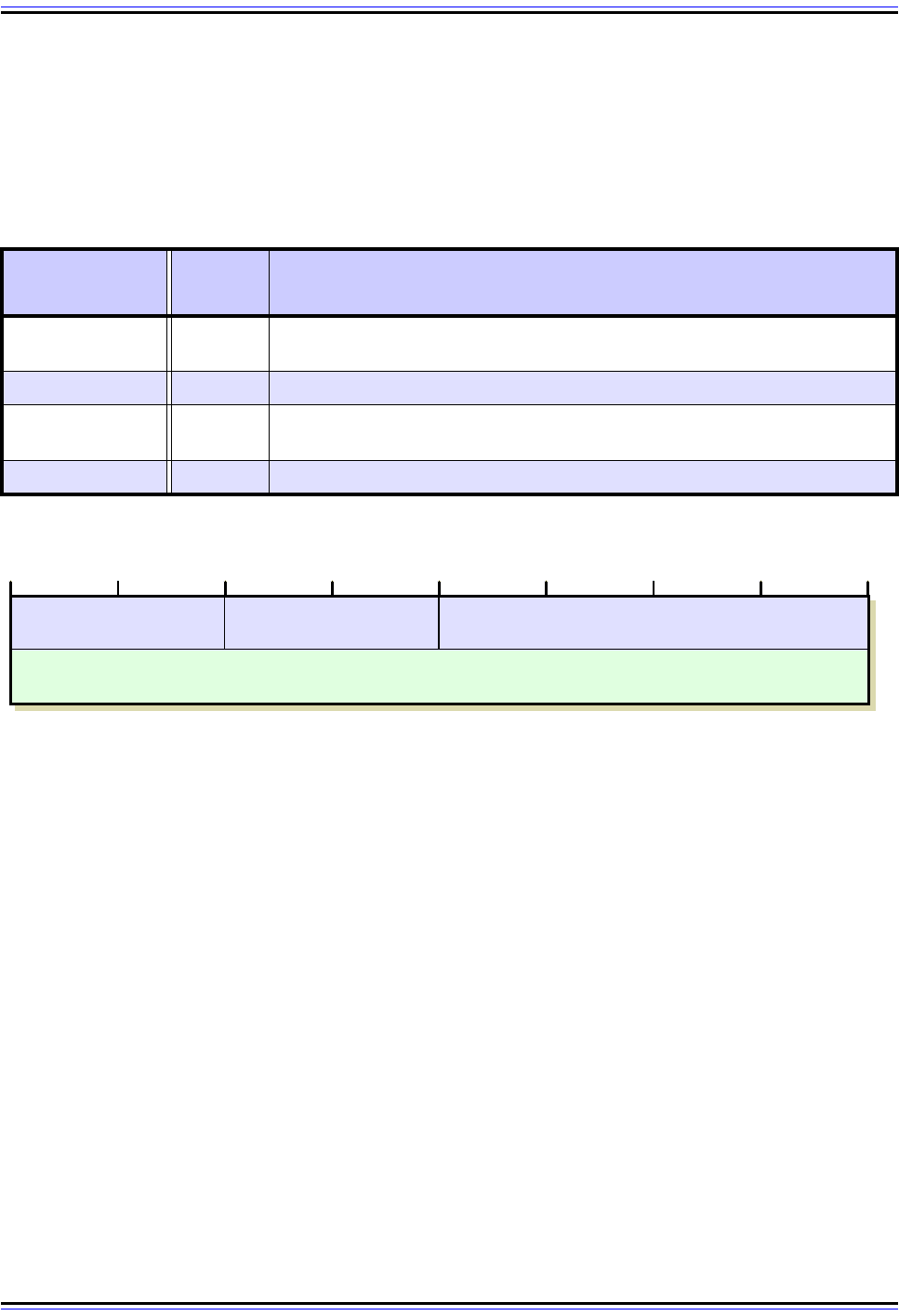
The TCP/IP Guide - Version 3.0 (Contents) ` 643 _ © 2001-2005 Charles M. Kozierok. All Rights Reserved.
ICMPv4 Router Solicitation Message Format
ICMPv4 Router Solicitation messages are much simpler, because they only need to convey
a single piece of information: “if you are a router and can hear this, please send a Router
Advertisement to me”. The format is therefore just the trivial set of fields shown in Table 100
and Figure 149.
Addressing and Use of Router Advertisement and Router Solicitation Messages
If possible, both Router Advertisement and Router Solicitation messages are sent out
multicast for efficiency. Router Advertisements use the “all devices” multicast address
(224.0.0.1), since they are intended for hosts to hear, while Router Solicitation messages
use the “all routers” multicast address (224.0.0.2). If the local network does not supports
multicast, messages are instead sent out broadcast (to address 255.255.255.255).
It is important to remember that just like ICMP Redirect messages, Router Advertisement
messages are not a generalized method for exchanging routing information. They are a
support mechanism only, used to inform hosts about the existence of routers. Detailed infor-
mation about routes is communicated between routers using routing protocols, like RIP and
OSPF.
I should also mention that while I suggested router discovery was the alternative to manual
configuration of a host's default router, there are other alternatives as well. For example, a
host configuration protocol like DHCP can allow a host to learn the address of a default
router on the local network.
Table 100: ICMPv4 Router Solicitation Message Format
Field Name
Size
(bytes)
Description
Type 1
Type: Identifies the ICMP message type. For Router Solicitation messages
the value is 10.
Code 1 Code: Not used; value set to 0.
Checksum 2
Checksum: 16-bit checksum field for the ICMP header, as described in the
topic on the ICMP common message format.
Reserved 4 Reserved: 4 reserved bytes sent as 0.
Figure 149: ICMPv4 Router Solicitation Message Format
Type = 10 Code = 0 Checksum
Reserved
4 8 12 16 20 24 28 320
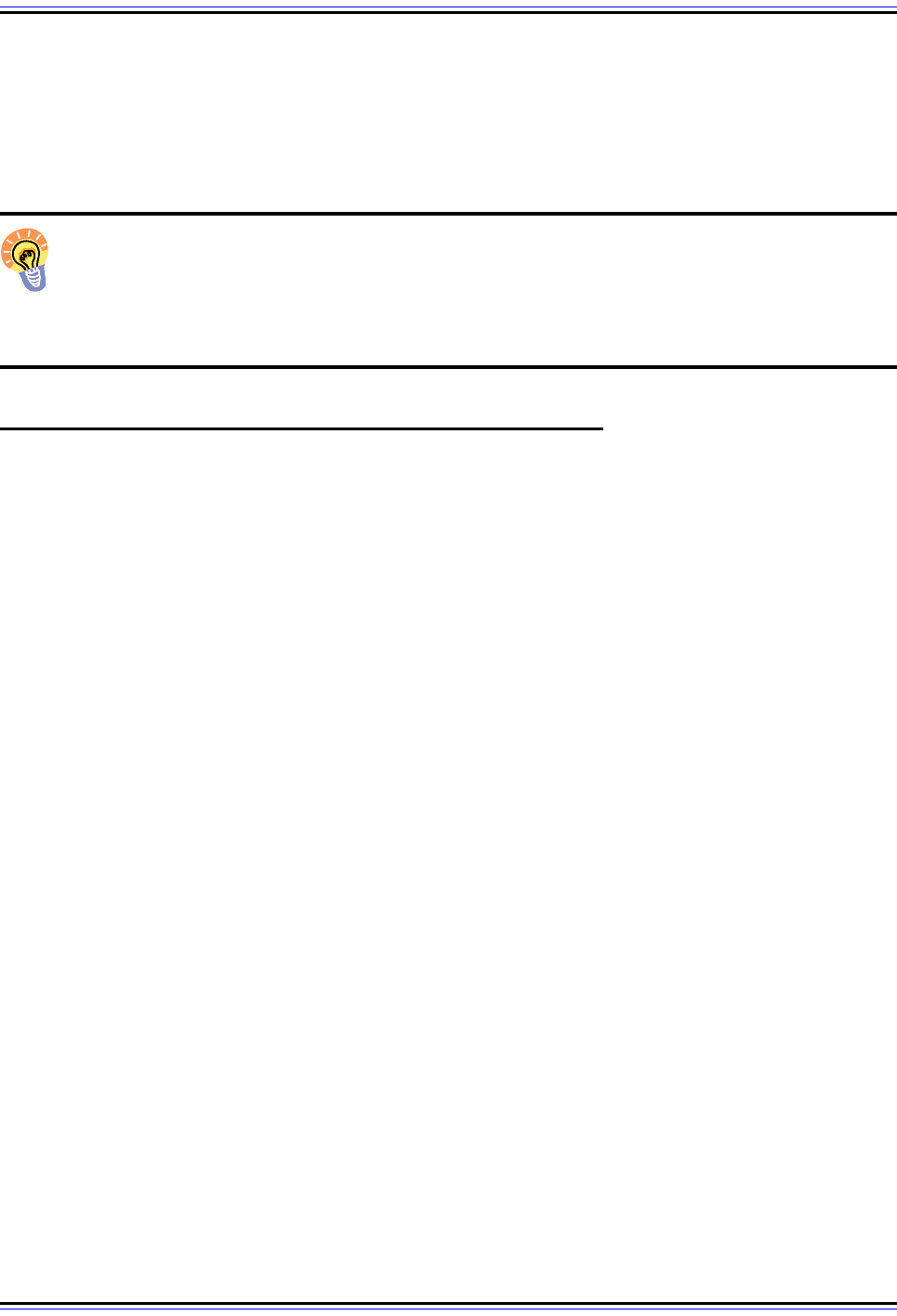
The TCP/IP Guide - Version 3.0 (Contents) ` 644 _ © 2001-2005 Charles M. Kozierok. All Rights Reserved.
Finally, note that when Mobile IP is implemented, Router Advertisement messages are
used as the basis for Mobile-IP-aware routers to send Agent Advertisements. One or more
special extensions are added to the regular Router Advertisement format to create an
Agent Advertisement. This is discussed extensively in the topic on Mobile IP agent
discovery.
Key Concept: ICMP Router Advertisement messages are sent regularly by IP
routers to inform hosts of their presence and characteristics, so hosts know to use
them for delivery of datagrams to distant hosts. A host that is new to a network and
wants to find out immediately what routers are present may send a Router Solicitation,
which will prompt listening routers to send out Router Advertisements.
ICMPv4 Address Mask Request and Reply Messages
When the Internet Protocol was first developed, IP addresses were based on a simple two-
level structure, with a network identifier and host identifier. To provide more flexibility, a
technique called subnetting was soon developed that expands the addressing scheme into
a three-level structure, with each address containing a network identifier, subnet identifier
and host identifier. The subnet mask is a 32-bit number that tells devices (and users) which
bits are part of the subnet identifier, as opposed to the host identifier. All of this is described
in considerable detail in the section on IP addressing.
To function properly in a subnetting environment, each host must know the subnet mask
that corresponds to each address it is assigned—without the mask it cannot properly
interpret IP addresses. Just like determining the identity of a local router, a host can be
informed of the local network's subnet mask either manually or automatically. The manual
method is to simply to have the subnet mask manually assigned to each host. The
automatic method makes use of a pair of ICMP messages for subnet mask determination,
which were defined in RFC 950, the same standard that defined subnetting itself.
To use this method, a host sends an Address Mask Request message on the local network,
usually to get a response from a router. If it knows the address of a local router it may send
the request directly (unicast), but otherwise will broadcast it to any listening router. A local
router (or other device) will hopefully receive this message and respond back with an
Address Mask Reply containing the subnet mask for the local network. This process is
somewhat similar to the mechanism used by a host to solicit a router to respond with a
Router Advertisement, except that routers do not routinely send subnet mask information; it
must be requested.
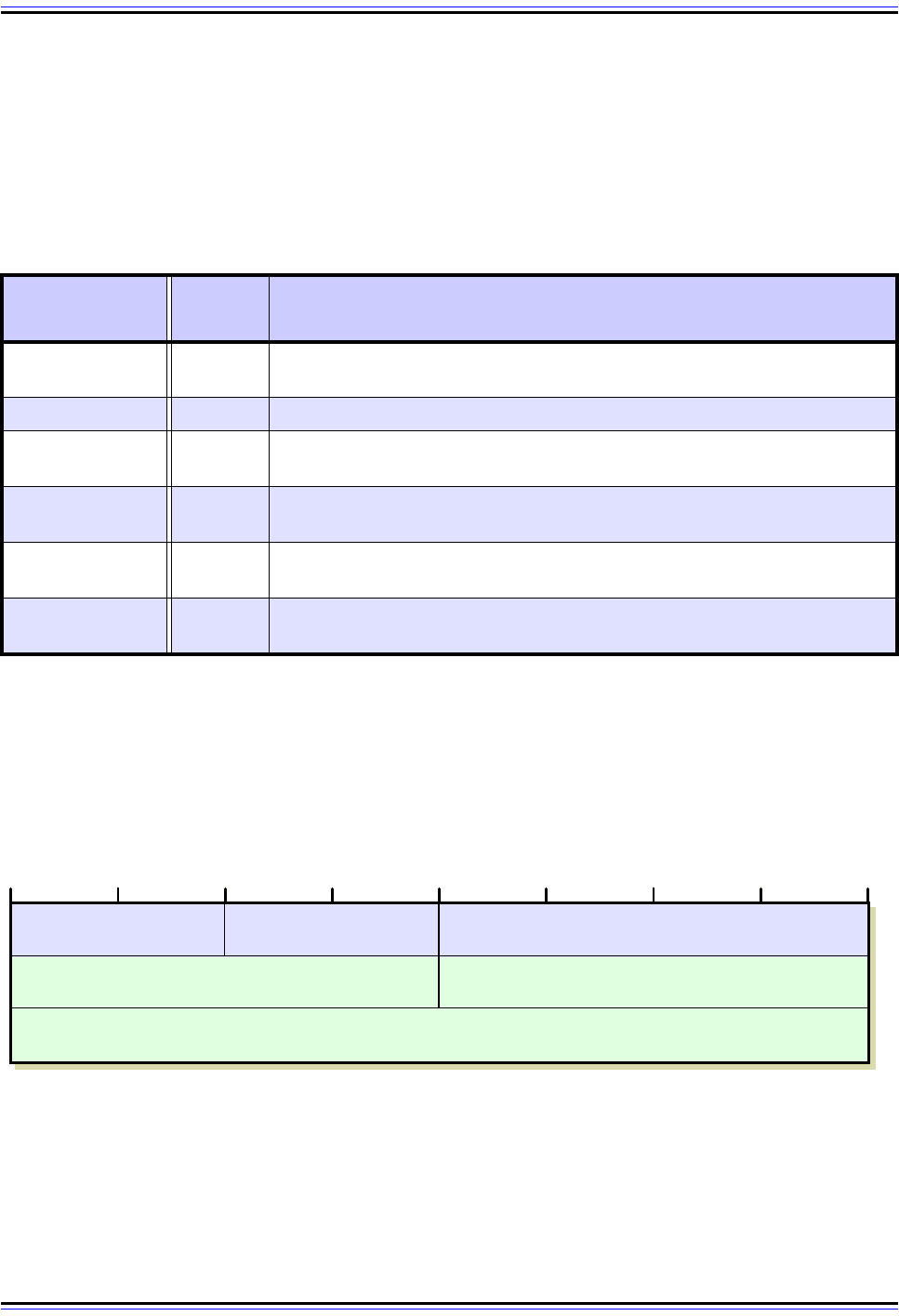
The TCP/IP Guide - Version 3.0 (Contents) ` 645 _ © 2001-2005 Charles M. Kozierok. All Rights Reserved.
ICMPv4 Address Mask Request and Address Mask Reply Message Format
The Address Mask Request and Address Mask Reply, like some other request/reply pairs,
have the same basic format—the host creates the request with all fields filled in except the
subnet mask value itself, and the router supplies the mask and sends the reply back to the
host. The format is described in Table 101 and Figure 150.
The Identifier and Sequence Number fields can be used to match up requests and replies,
as they are for Echo and Echo Reply messages. However, a host won't normally send
multiple requests for subnet masks the way it might send Echo messages for testing. For
this reason, the Identifier and Sequence Number fields may be ignored by some
implementations.
Table 101: ICMPv4 Address Mask Request and Address Mask Reply Message Format
Field Name
Size
(bytes)
Description
Type 1
Type: Identifies the ICMP message type. For Address Mask Request
messages the value is 17; for Address Mask Reply messages, it is 18.
Code 1 Code: Not used for either message type; set to 0.
Checksum 2
Checksum: 16-bit checksum field for the ICMP header, as described in the
topic on the ICMP common message format.
Identifier 2
Identifier: An identification field that can be used to help in matching
Address Mask Request and Address Mask Reply messages.
Sequence
Number
2
Sequence Number: A sequence number to help in matching Address
Mask Request and Address Mask Reply messages.
Address Mask 4
Address Mask: The subnet mask for the local network, filled in by the
router in the Address Mask Reply message.
Figure 150: ICMPv4 Address Mask Request and Address Mask Reply Message
Format
Type = 17 or 18 Code = 0 Checksum
Identifier Sequence Number
Address Mask
4 8 12 16 20 24 28 320

The TCP/IP Guide - Version 3.0 (Contents) ` 646 _ © 2001-2005 Charles M. Kozierok. All Rights Reserved.
Use of Address Mask Request and Address Mask Reply Messages
The use of Address Mask Request and Address Mask Reply messages is optional, just as
the router discovery described in the previous topic is. Other methods besides these
messages or manual configuration may be used to tell a host what subnet mask to use.
Again, a common alternative to ICMP for this is a host configuration protocol like the TCP/IP
Dynamic Host Configuration Protocol (DHCP). Routers do have to be able to respond to
Address Mask Requests for hosts that choose to send them.
ICMPv4 Traceroute Messages
The Echo and Echo Reply messages we explored earlier in this section are used for the
most basic type of test that can be conducted between two devices: checking if they can
communicate. A more sophisticated test can also be performed, to see not just if the
devices are able to talk, but discover the exact sequence of routers used to move
datagrams between them. In TCP/IP this diagnostic is performed using the traceroute (or
tracert) utility.
The first implementation of traceroute used a clever application of Time Exceeded error
messages. By sending a test message to a destination first with a Time To Live value of 1,
then 2, then 3 and so on, each router in the path between the source and destination would
successively discard the test messages and send back a Time Exceeded message,
displaying the sequence of routers between the two hosts. This bit of “trickery” works well
enough in general terms, but is suboptimal in a couple of respects. For example, it requires
the source device to send one test message for each router in the path, instead of just a
single test message. It also doesn't take into account the possibility that the path between
two devices may change during the test.
Recognizing these limitations, a new experimental standard was developed in 1993 that
defined a more efficient way to conduct a traceroute: RFC 1393, Traceroute Using an IP
Option. As the title suggests, this method of doing a traceroute works by having the source
device send a single datagram to the destination, containing a special Traceroute IP option.
Each router that sees that option as the test message is conducted along the route,
responds back to the original source with an ICMP Traceroute message, also defined in
RFC 1393.
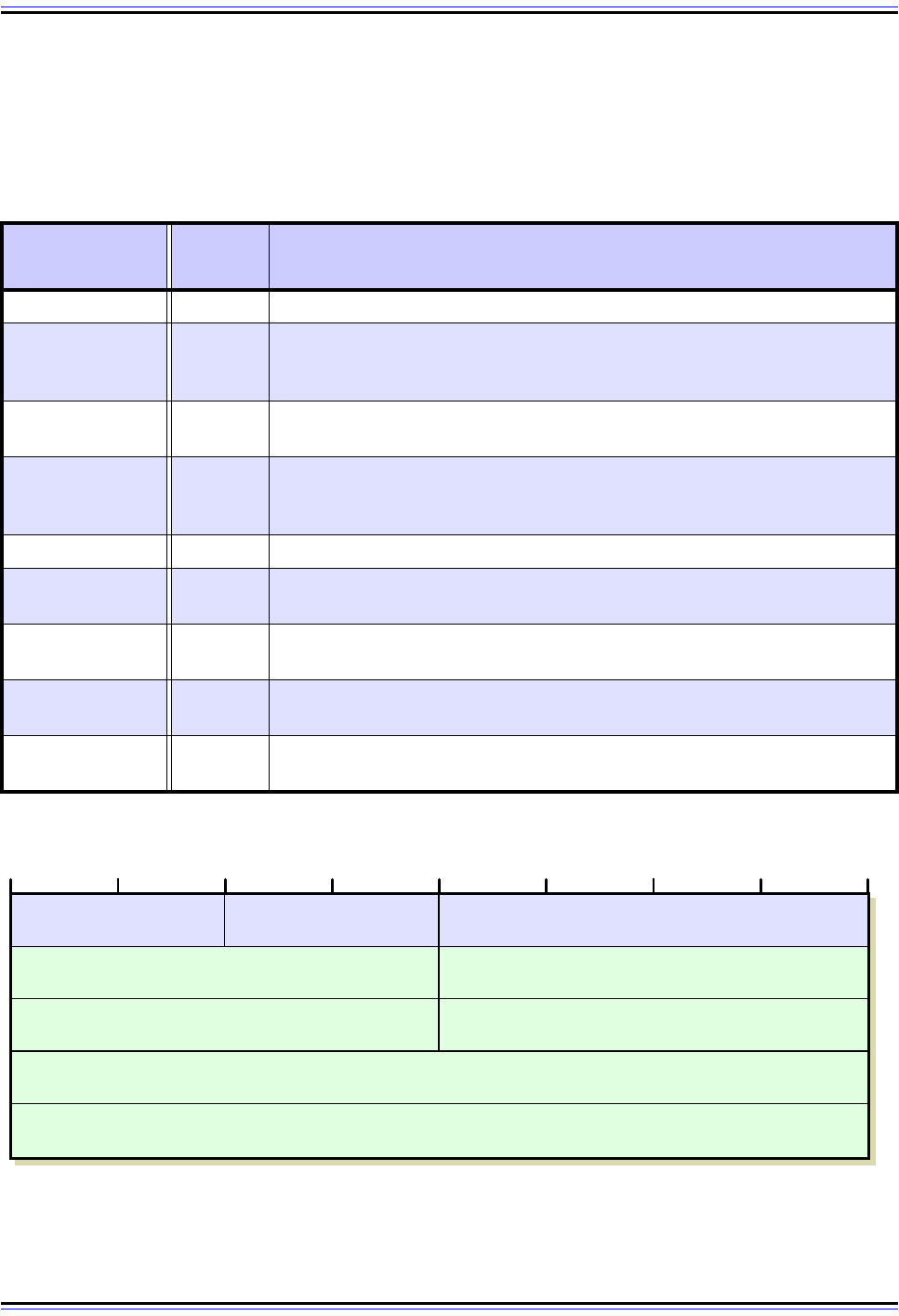
The TCP/IP Guide - Version 3.0 (Contents) ` 647 _ © 2001-2005 Charles M. Kozierok. All Rights Reserved.
ICMPv4 Traceroute Message Format
Since the Traceroute message was specifically designed for the traceroute utility, it was
possible to incorporate into it extra information of use to a host tracing a route. The
message format is as shown in Table 102 and Figure 151.
Table 102: ICMPv4 Traceroute Message Format
Field Name
Size
(bytes)
Description
Type 1 Type: Identifies the ICMP message type, in this case 30.
Code 1
Code: Set to the value 0 if the datagram the source device sent was
successfully sent to the next router, or 1 to indicate that the datagram was
dropped (meaning the traceroute failed).
Checksum 2
Checksum: 16-bit checksum field for the ICMP header, as described in the
topic on the ICMP common message format.
ID Number 2
ID Number: An identification field used to match up this Traceroute
message to the original message sent by the source (the one containing
the Traceroute IP option).
Unused 2 Unused: Not used, set to 0.
Outbound Hop
Count
2
Outbound Hop Count: The number of routers the original message has
already passed through.
Return Hop
Count
2
Return Hop Count: The number of routers the return message has
passed through.
Output Link
Speed
4
Output Link Speed: The speed of the link over which the Traceroute
message is being sent, in bytes per second.
Output Link MTU 4
Output Link MTU: The Maximum Transmission Unit (MTU) of the link over
which the Traceroute message is being sent, in bytes.
Figure 151: ICMPv4 Traceroute Message Format
Type = 30 Code = 0 or 1 Checksum
ID Number Unused
Outbound Hop Count Return Hop Count
Output Link Speed
Output Link MTU
4 8 12 16 20 24 28 320
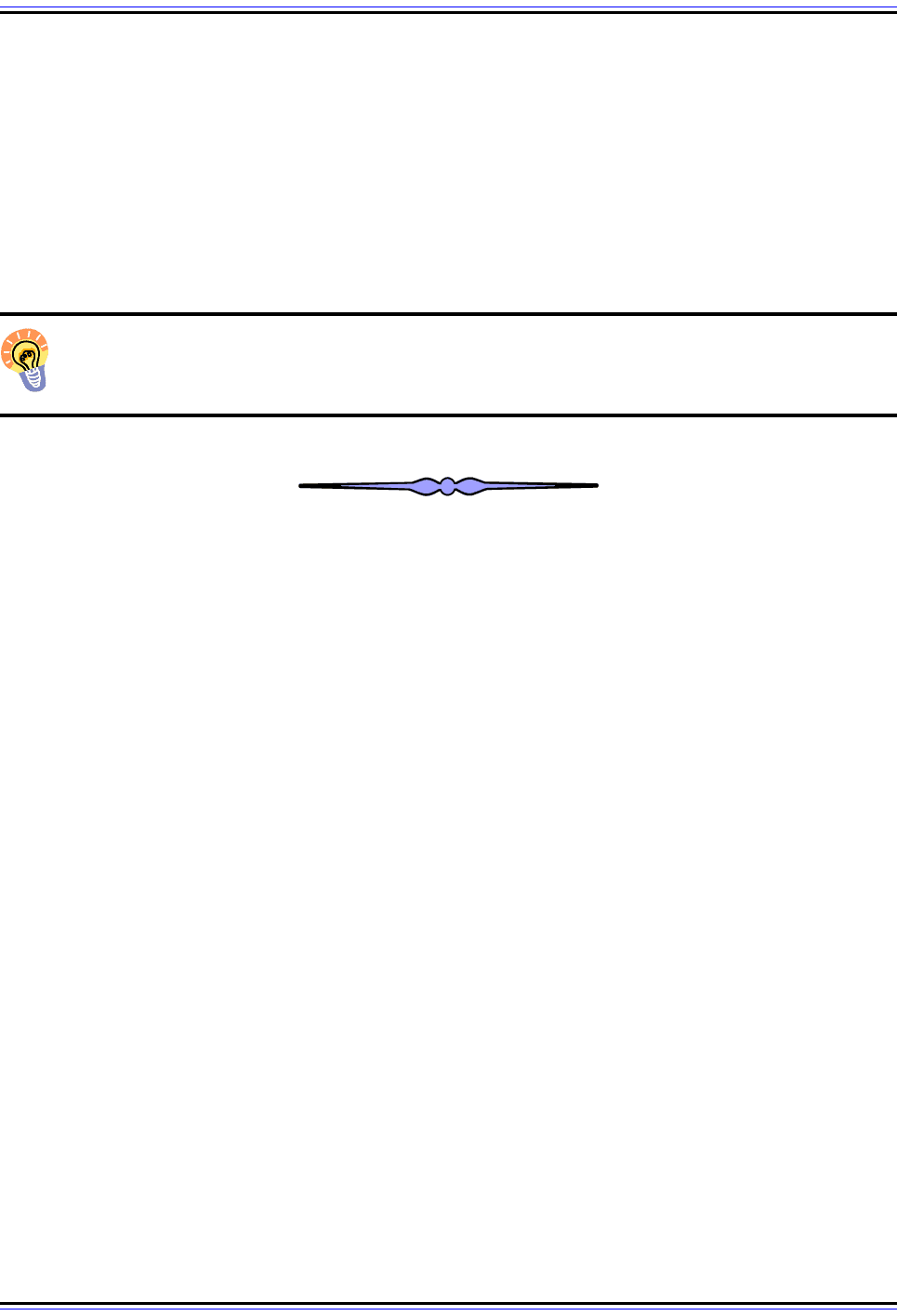
The TCP/IP Guide - Version 3.0 (Contents) ` 648 _ © 2001-2005 Charles M. Kozierok. All Rights Reserved.
Why Traceroute Messages Are Not Widely Used
Note that while this method of implementing traceroute indeed has advantages over the
older Time Exceeded method, it has one critical flaw as well: it requires changes to both
hosts and routers to support the new IP option and the Traceroute ICMP message. People
aren't big on change, especially when it comes to the basic operation of IP. For this reason,
RFC 1393 never moved beyond “experimental” status, and most IP devices still use the
older method of implementing traceroute. It is possible that you may encounter ICMP
Traceroute messages, however, so it's good to know they exist.
Key Concept: ICMP Traceroute messages were designed to provide a more
capable way of implementing the traceroute (tracert) utility. However, most TCP/IP
implementations still use ICMP Time Exceeded messages for this task.
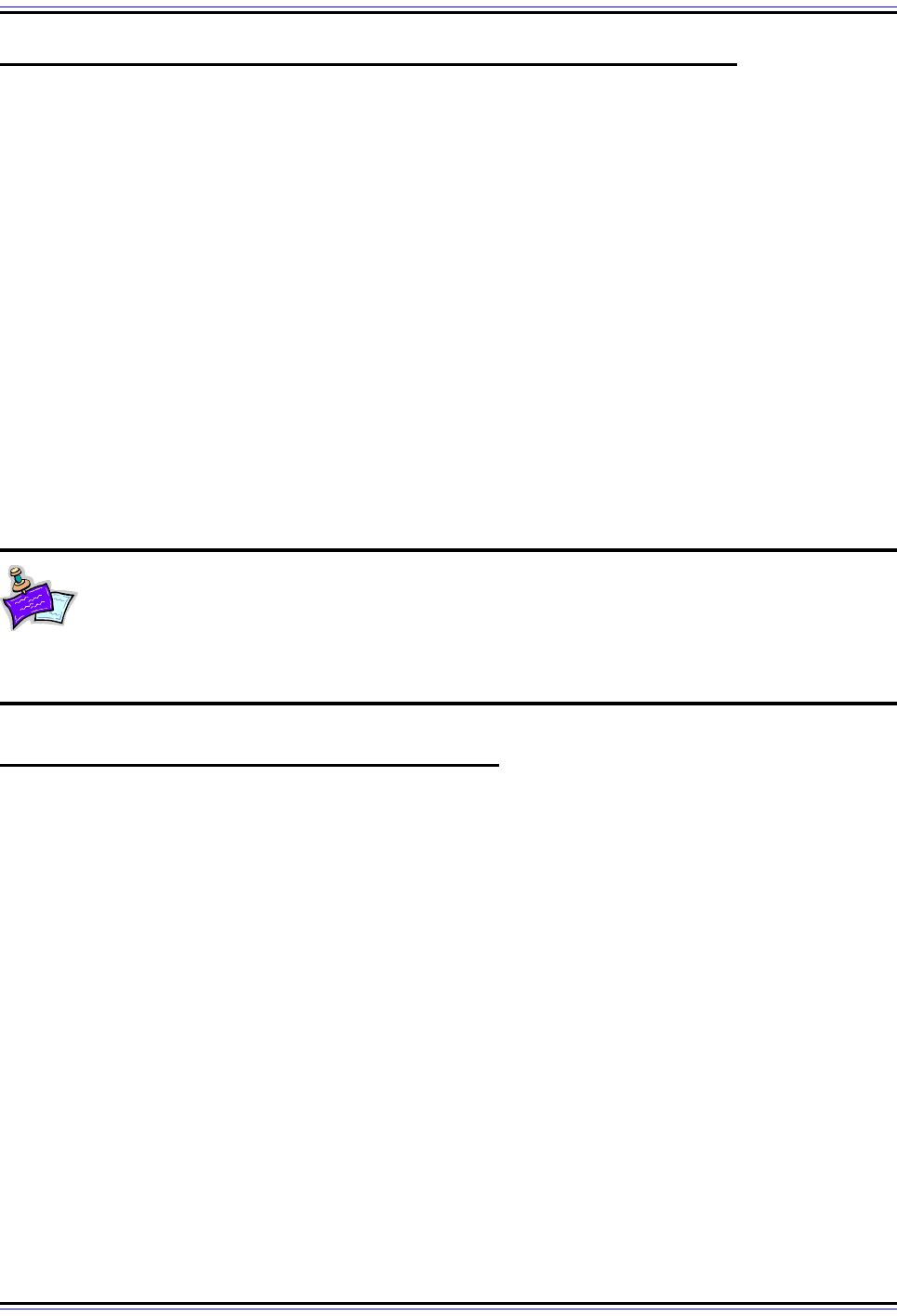
The TCP/IP Guide - Version 3.0 (Contents) ` 649 _ © 2001-2005 Charles M. Kozierok. All Rights Reserved.
ICMP Version 6 (ICMPv6) Error Message Types and Formats
The original ICMP defines for version 4 of the Internet Protocol (IPv4) a number of error
messages to allow communication of problems on an internetwork. When IP version 6
(IPv6) was developed, the differences between IPv4 and IPv6 were significant enough that
a new version of ICMP was also required: the Internet Control Message Protocol (ICMPv6)
for the Internet Protocol Version 6 (IPv6), currently specified in RFC 2463. Like ICMPv4,
ICMPv6 defines several error messages that let a source be informed when something
goes wrong.
In this section I describe the four ICMPv6 error messages defined in RFC 2463. I first
discuss ICMPv6 Destination Unreachable messages, used to tell a device a datagram it
sent could not be delivered for a variety of reasons. I describe Packet Too Big error
messages, which are sent when a datagram can't be sent due to being too large for an
underlying network it needs to traverse. I explain the use of Time Exceeded messages,
which indicate that too much time was taken to accomplish a transmission. I conclude with
a look at messages, which provide a generalized way of reporting errors not described by
any of the preceding ICMPv6 error message types.
Note: Three of the four ICMPv6 error messages (all except Packet Too Big) are
equivalent to the ICMPv4 error messages that have the same names. However, to
allow this section to stand on its own, I describe each one fully, in addition to
pointing out any significant differences between the ICMPv4 and ICMPv6 version of the
message.
ICMPv6 Destination Unreachable Messages
Version 6 of the Internet Protocol (IPv6) includes some important enhancements over the
older version 4, but the basic operation of the two protocols is still fundamentally the same.
Like IPv4, IPv6 is an unreliable network protocol that makes a “best effort” to deliver
datagrams, but offers no guarantees that they will always get there. Just as was the case in
IPv4, devices on an IPv6 network must not assume that datagrams sent to a destination will
always be received.
When a datagram cannot be delivered, recovery from this condition normally falls to higher-
layer protocols like TCP, which will detect the miscommunication and re-send the lost
datagrams. In some situations, such as a datagram dropped due to congestion of a router,
this is sufficient, but in other cases a datagram may not be delivered due to an inherent
problem with how it is being sent. For example, the source may have specified an invalid
destination address, which means even if resent many times, the datagram will never get to
its intended recipient.
In general, having the source just re-send undelivered datagrams while having no idea why
they were lost is inefficient. It is better to have a feedback mechanism that can tell a source
device about undeliverable datagrams and provide some information about why the
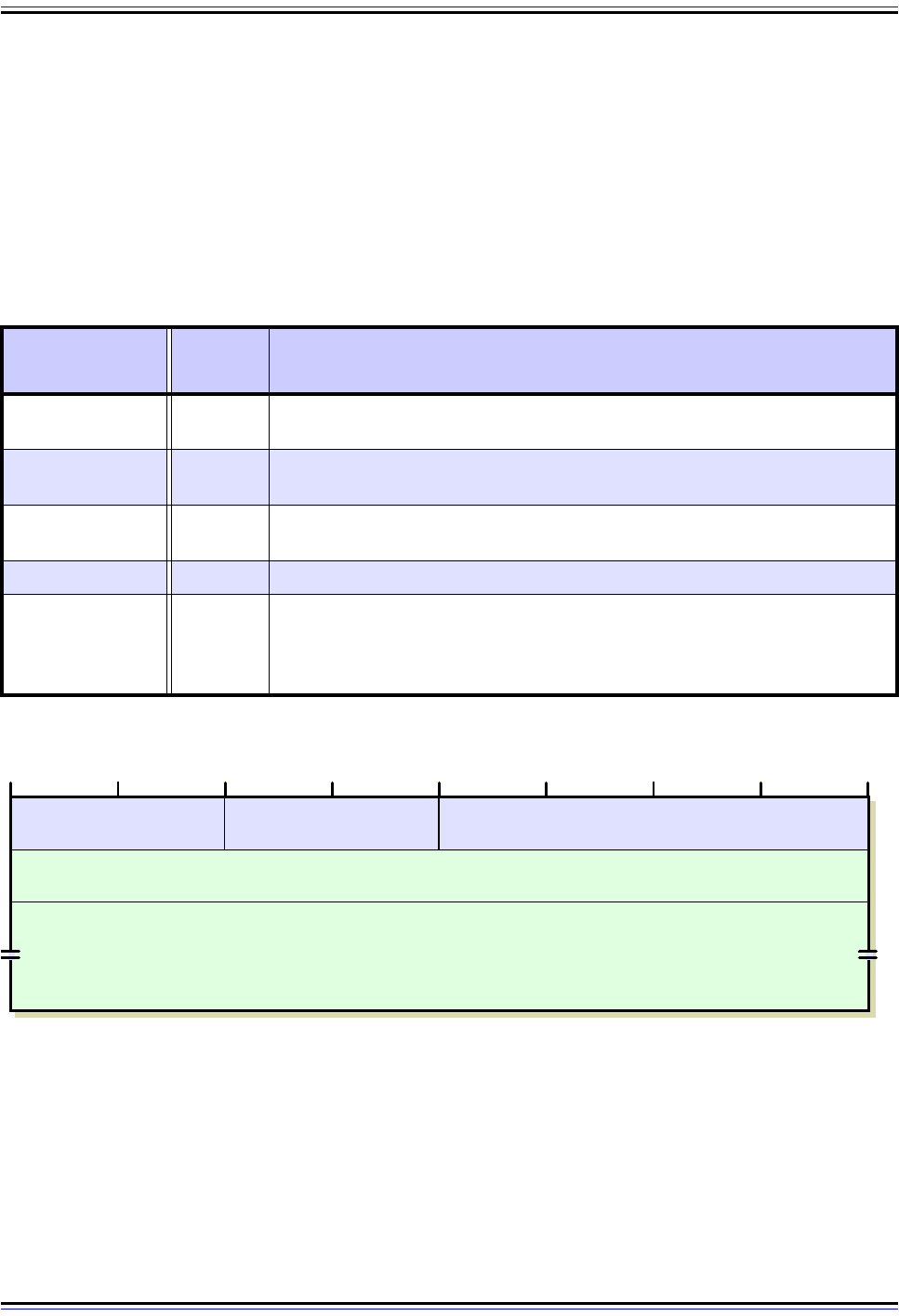
The TCP/IP Guide - Version 3.0 (Contents) ` 650 _ © 2001-2005 Charles M. Kozierok. All Rights Reserved.
datagram delivery failed. As in ICMPv4, in ICMPv6 this is done with Destination
Unreachable messages. Each message includes a code that indicates the basic nature of
the problem that caused the datagram not to be delivered, and includes all or part of the
datagram that was undelivered, to help the source device diagnose the problem.
ICMPv6 Destination Unreachable Message Format
Table 103 and Figure 152 illustrate the specific format for ICMPv6 Destination Unreachable
messages:
ICMPv6 Destination Unreachable Message Subtypes
There are a number of different reasons why a destination may be unreachable. To provide
additional information about the nature of the problem to the device that originally tried to
send the datagram, a value is placed in the message's Code field. One interesting
difference between ICMPv4 and ICMPv6 Destination Unreachable messages is that there
Table 103: ICMPv6 Destination Unreachable Message Format
Field Name
Size
(bytes)
Description
Type 1
Type: Identifies the ICMPv6 message type; for Destination Unreachable
messages this is set to 1.
Code 1
Code: Identifies the “subtype” of unreachable error being communicated.
See Table 104 for a full list of codes and what they mean.
Checksum 2
Checksum: 16-bit checksum field for the ICMP header, as described in the
topic on the ICMP common message format.
Unused 4 Unused: 4 bytes that are left blank and not used.
Original
Datagram
Portion
Variable
Original Datagram Portion: As much of the IPv6 datagram as will fit
without causing the size of the ICMPv6 error message (including its own IP
header) to exceed the minimum IPv6 maximum transmission unit (MTU) of
1280 bytes.
Figure 152: ICMPv6 Destination Unreachable Message Format
Type = 1
Code
(Error Subtype)
Checksum
Unused
Original IPv6 Datagram Portion
(As Much As Will Fit Without Exceeding The 1280-Byte IPv6 Minimum MTU)
4 8 12 16 20 24 28 320
